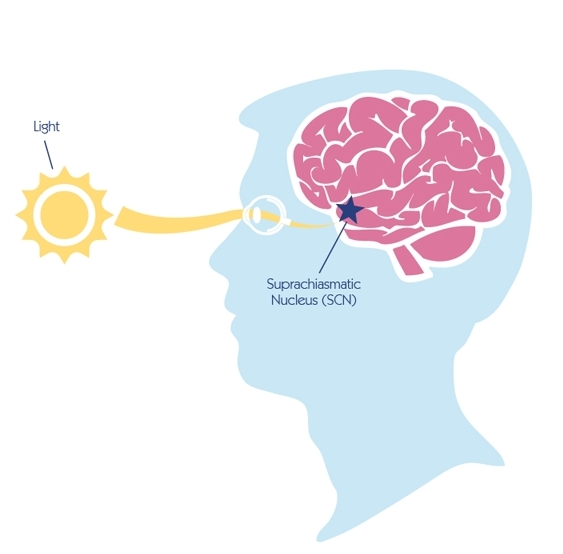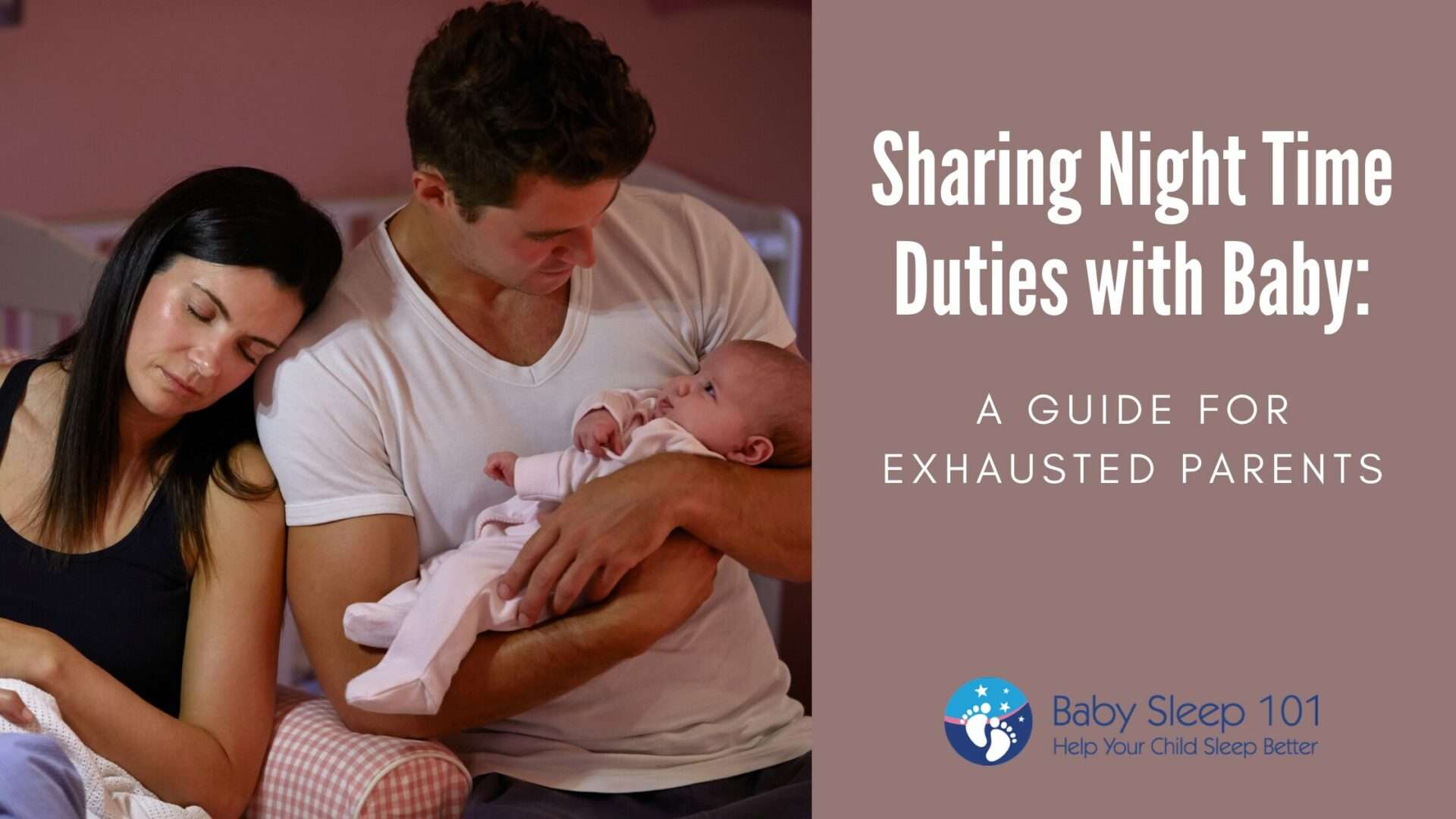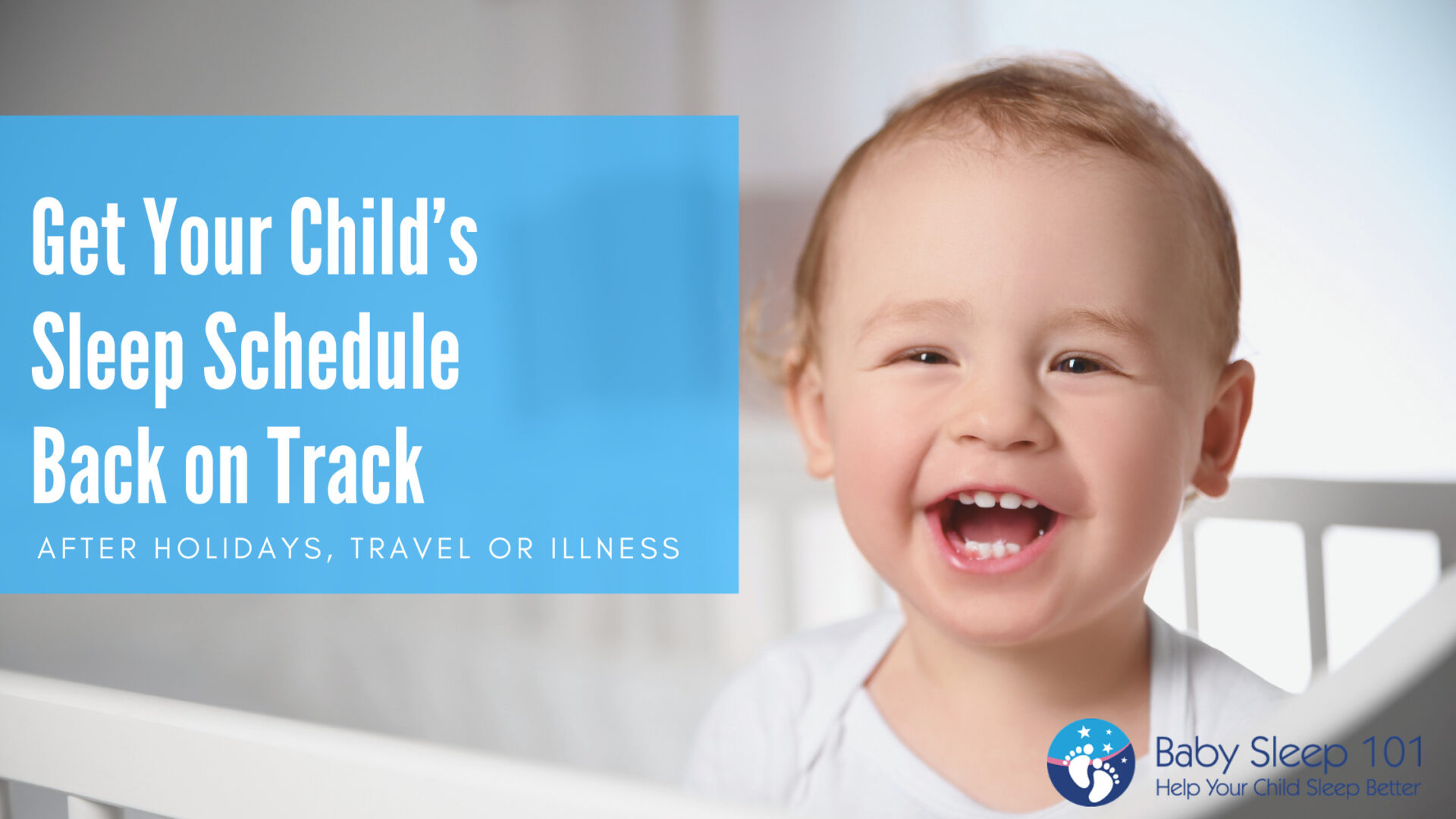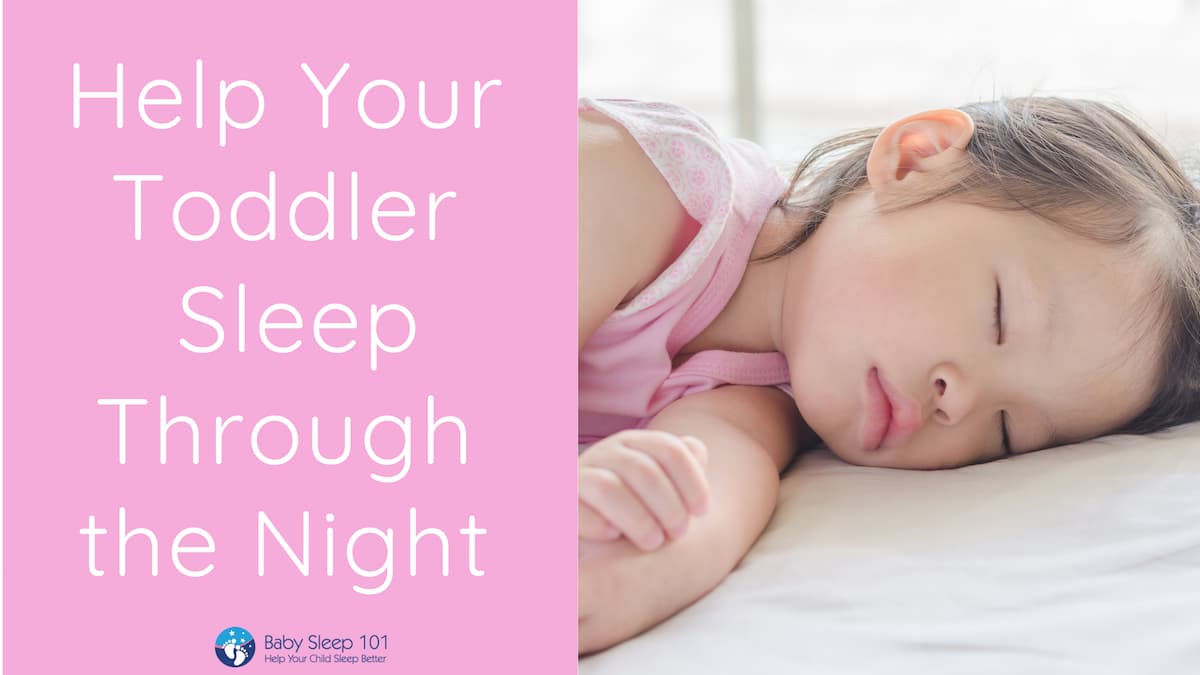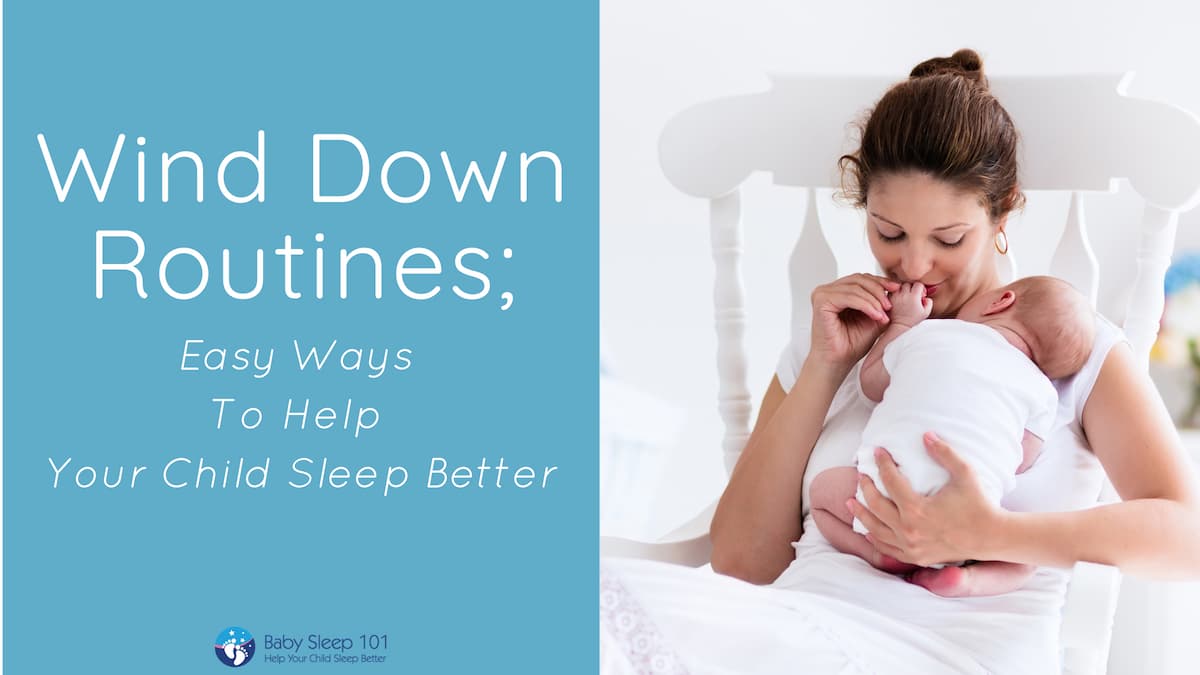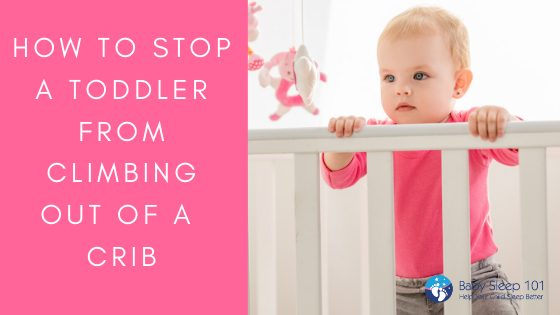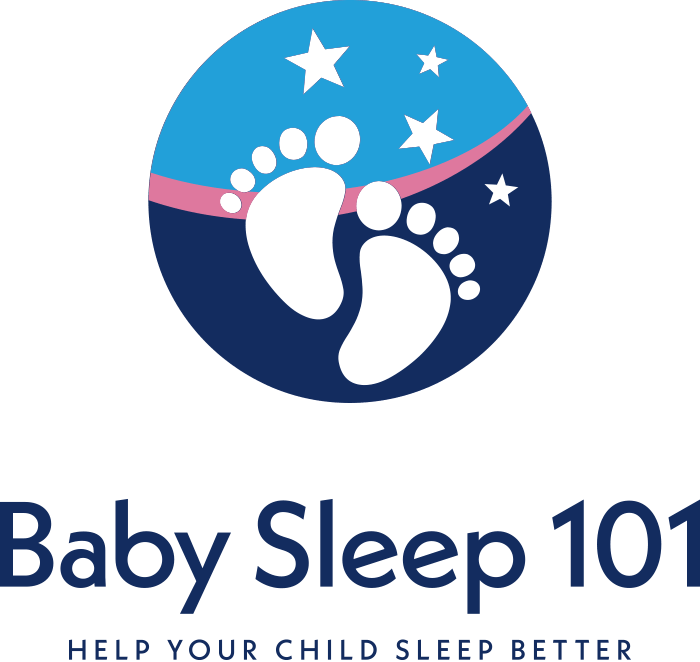When it comes to children and sleep, tired parents want to know how to help their child sleep better. The problem is, where to begin?
There is so much information out there, that it’s hard to sort out fact from opinion.
Add in Facebook forums, friends and family’s “advice” and we end up not doing anything because of the information overload and overwhelm.
Many parents have heard the term “sleep training” and wonder if that is what is needed. It may be, but there is something much more important that needs to be addressed first, otherwise sleep training efforts will fail.
Do you want your child to sleep better?
The majority of sleep issues in children that I encounter as a certified pediatric sleep consultant fall into two categories; dependency on sleep associations and insufficient sleep amounts.
While sleep training can help change sleep associations, a more important issue; having a healthy sleep routine, (which doesn’t require any formal sleep training at all), is often overlooked when parents are struggling to solve their child’s sleep problems.
If a child’s routine isn’t on track, that is, they aren’t waking up, napping and going to bed at the right biological times for their age, they can become overtired, or sleep deprived, extremely quickly.
It can be hard to believe that that term ‘sleep deprivation’ may pertains to your child. I know it can seem so extreme, but young children require such large amounts of sleep, that even missing one or two hours can have significant repercussions.
Is your child overtired? Here are some common signs:
- Your child wakes up crying during the night, in the morning and/or after a nap
- Your child cries, arches their back, squirms or throws a tantrum before a sleep period or while you’re trying to do your wind down routine
- Your child frequently starts the day earlier than 6:00am
- Once your child is sleeping, it is fitful and short; waking every few hours in the night or after 25-30 minutes for a nap
- Your child will frequently fall asleep during a car ride, even if it’s short and/or they just had a nap
- Your toddler or preschooler becomes cranky, irritable, emotional, defiant, or hyper in the late afternoon
How to Get Back on Track
To help get a child’s sleep on track, I frequently recommend that parents ensure that nap and bedtimes match biological rhythms or sleep windows after 4 months of age. The reason for this is scientifically based.
Our bodies are regulated by naturally occurring circadian rhythms or body clocks, which are controlled by a master clock called the Suprachiasmatic Nucleus or SCN for short. The SCN is responsible for our sleep/wake cycles, feeding patterns, body temperature regulation and other cycle fluctuations. The SCN is located in the brain, close to where the left and right optic nerves cross paths.
Why Do We Need to Consider Light Intake?
So why is it important to know about how light impacts our kids’ sleep?Because children’s sleep/wake cycles (and yours too) are regulated by the amount of light that is received by the SCN.
As the child’s brain perceives different intensities of light throughout the day, it will regulate when the child is best suited for a nap or bedtime.
If a child naps at a time when the SCN isn’t preparing the body to sleep, or if they are kept up too long when their body is actually biologically ready to sleep, they are going against their natural sleep drive.
The longer they stay up past their sleep window, stimulating hormones such as cortisol and adrenaline are released into bloodstream in an attempt to fight the fatigue.
Want more tips to help your child sleep better? Get your FREE copy of Help Your Child Sleep Through the Night.
It seems counter-intuitive, but overtired children do not fall asleep easily nor sleep solidly once asleep.
The more overtired they become and the harder it is for them to eventually settle to sleep. This is why many of my clients first come to me with the complaint that their child is resistant to sleep, is “wired” or hyper and doesn’t look tired, even though the parents know this can’t be the case.
This is why the timing of sleep is a crucial factor when establishing a healthy sleep routine in children.
If this key component isn’t addressed, then sleep problems will often persist.
When parents master this critical element of their child’s routine with a solid and consistent nap routine and well-timed bedtime, sleep issues will have a much higher chance of being resolved quickly.
Joleen Dilk Salyn is a certified pediatric sleep consultant and founder of Baby Sleep 101. She helps tired parents get their children sleeping through the night by working with the science of sleep and healthy sleep best practices. She is the Western Canadian Representative of the International Association of Child Sleep Consultants and in addition to her certification as a sleep consultant, also holds a Bachelor of Education, and Post Baccalaureate in Education. Joleen is also a mother to two wonderful children.



